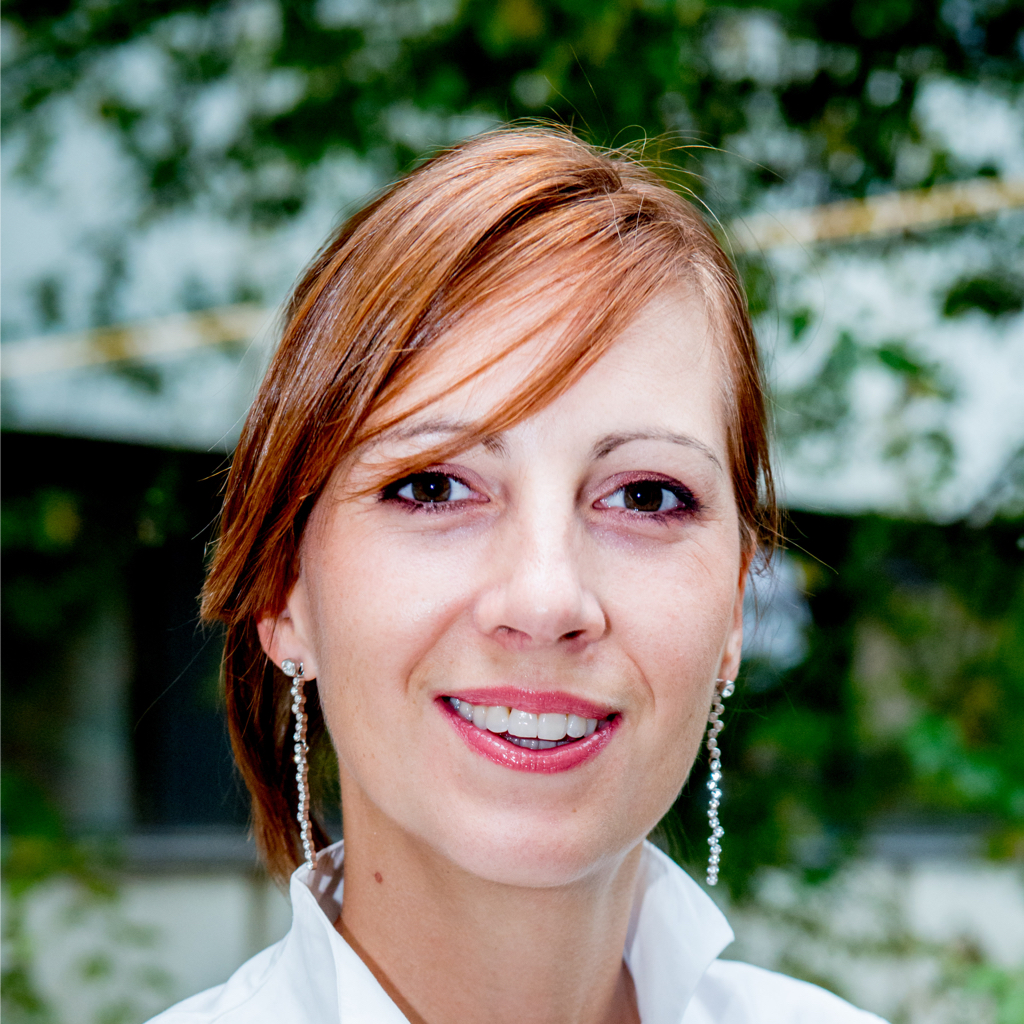Academic stories: Mieke Jans
academic stories exploring newlandNarrated by Mieke Jans
 My name is Mieke Jans. I am appointed associate professor at Hasselt University and at Maastricht University, with my main affiliation being the research group Business Informatics at Hasselt University, Belgium. Within this research group, I closely collaborate with Benoît Depaire and Niels Martin on the topic of process mining in several different settings. The setting I am most expert in is the application of process mining for auditing purposes, whereas Niels and Benoît focus on process analytics in healthcare and event analytics to uncover behaviour. In my own research track, audit analytics with a view, I investigate among other things how process mining techniques or applications can be altered to meet the requirements of an auditor.
My name is Mieke Jans. I am appointed associate professor at Hasselt University and at Maastricht University, with my main affiliation being the research group Business Informatics at Hasselt University, Belgium. Within this research group, I closely collaborate with Benoît Depaire and Niels Martin on the topic of process mining in several different settings. The setting I am most expert in is the application of process mining for auditing purposes, whereas Niels and Benoît focus on process analytics in healthcare and event analytics to uncover behaviour. In my own research track, audit analytics with a view, I investigate among other things how process mining techniques or applications can be altered to meet the requirements of an auditor.
My PhD research was devoted to fraud risk reduction within organisations by applying data mining. On a certain day, my co-supervisor, Koen Vanhoof, told me about this new technique called process mining and suggested having a look at it. He brought me into contact with Anton Weijters of TU/e. I vividly remember paying my first visit to the campus of TU/e, meeting with prof. Weijters in his office, where he explained to me the core principles of process mining and his Heuristics Miner.
Returning back home, I knew this was something challenging for me to test in the real world. I familiarized myself further with the SAP data I had access to at the bank I was collaborating with during my PhD. It took me months to have the necessary data extracted from their system and then some more time to actually build the event log. At that time, no commercial tools were available, so I dug my way out with PromImport to create MXML files (the predecessor of XES!). It was a very enriching experience…
I am not sure I had one unique Eureka! moment, but I recall the detection of an edge in the discovered process model that was a huge revelation. I felt like all the effort finally paid off. It revealed something truly hidden with large consequences. So I started to filter the log, searching for the cases that showed that specific behaviour. But I couldn’t find it! I went back to the paper on the algorithm to find out that this was one of the downsides of process discovery at that moment: it could show arrows that were actually never followed in real life. Encountering concepts like precision and generalisation, in reality, was almost as exciting as uncovering the ‘special edge’ at the start.
My research is currently mainly devoted to dealing with the large set of identified deviations through conformance checking since this is one of the main impediments to the full adoption of process mining in auditing. Together with some colleagues and my PhD students, I investigate context-related aspects and the core algorithms that can be used. For example: when a lot of process information is presented to the auditor, how would the auditor prefer to receive this information? To which process deviations does the auditor attach a higher risk score? But we also investigate, for example, the development of a weak-supervision approach to support the auditor in sifting through all the deviations and identifying the true anomalies.
In the future, I expect process mining to become a standard set of techniques organisations use for diverse purposes, like data analytics in general. It will be essential to investigate further the layer on top of it (the follow-up analysis) and the layer beneath it (how to go from stored object-centric data to an event log?).
- This article has been updated on September 2 2022, 15:52.
- Narrated by Mieke Jans

